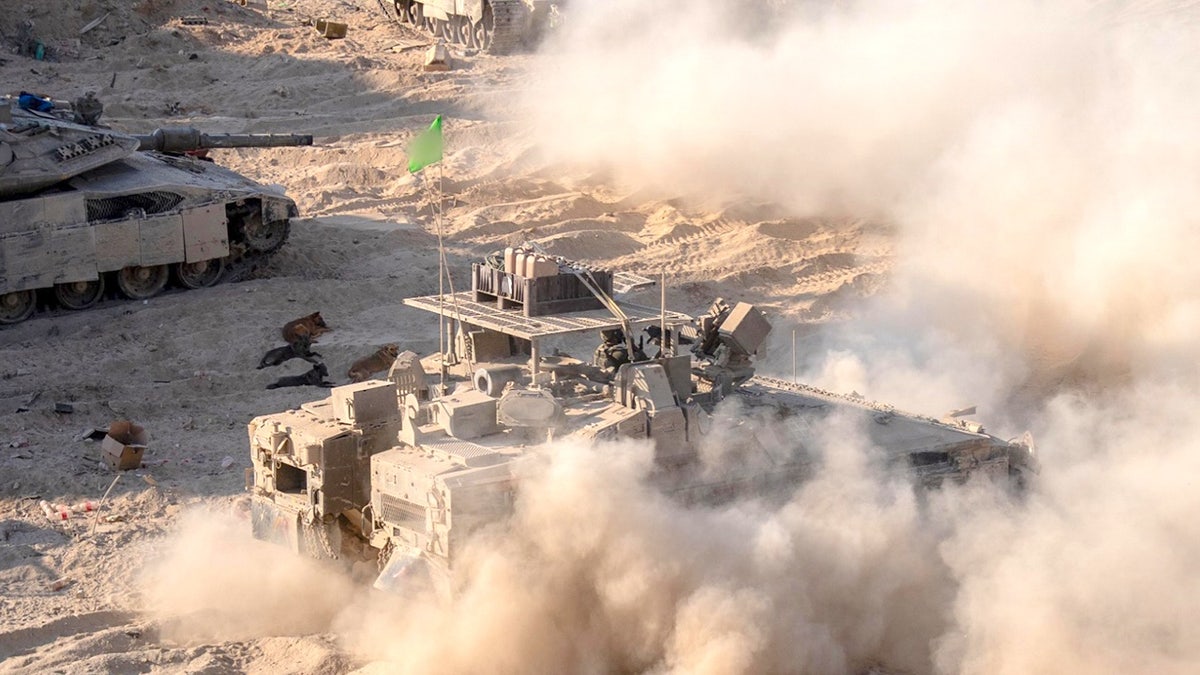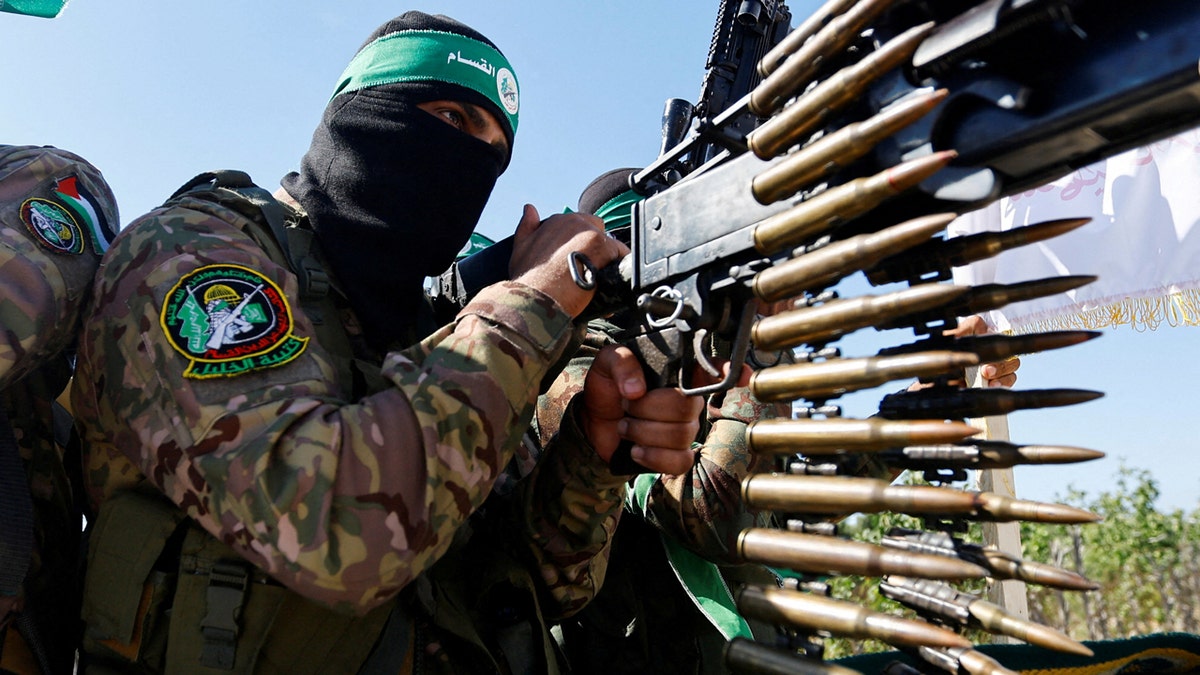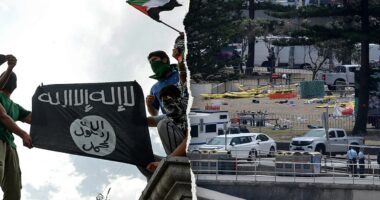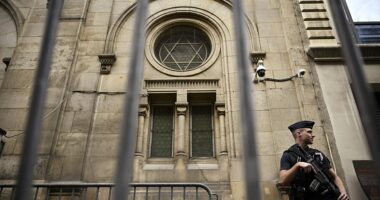Share this @internewscast.com
On Saturday, Israeli tanks and troops began maneuvering ever closer to Gaza City’s outskirts in preparation for a full-scale offensive. Eyewitness accounts reported intensified shelling as Israel is moving toward what could be the defining battle of its war against Hamas terrorists: the capture of Gaza City.
Israel’s security cabinet approved the operation, known as Gideon’s Chariots B, and has deployed up to five IDF divisions toward the city’s outskirts—a highly significant mobilization. Thousands of reservists—some 60,000—have been called up.
John Spencer, chair of urban warfare studies at the Madison Policy Forum and executive director of the Urban Warfare Institute, told Fox News Digital the scale of this operation is unprecedented. “This will be a bigger challenge than anything the IDF has faced, arguably ever. It is the densest location in Gaza, the heart of Hamas’s stronghold. And you don’t really know what the tunnels are until you get into them.”

Troops from the Givati Brigade, under the command of the 162nd Division, operate in the area of Jabaliya in the northern Gaza Strip as part of Operation “Gideon’s Chariots”. (IDF Spokesman’s Unit)
On the fate of hostages possibly held in Gaza City, the official was blunt: “Some of the hostages will die. I wouldn’t be surprised if more brigades are brought in—the IDF is using immense ground power to seize urban terrain.”
Shamni also warned Hamas may relocate hostages, 50 hostages, of whom 20 are still believed to be alive, into combat zones to deter strikes—a tactic he said the IDF would be reluctant to engage for fear of harming captives, a conflict between military necessity and core values.
Shamni highlighted a particularly fraught dilemma: evacuating civilians. “You don’t know who will leave, how many will leave, how they’ll react—or whether Hamas will even allow them to leave,” he said. “I assume many will not evacuate, and then you face the hard dilemma of fighting in a place full of noncombatants.”
Spencer added that history shows around 10% of civilians stay behind. “Even 10% of a million is 100,000 people,” he said.

A terrorist from Hamas takes part in a military parade. (Ibraheem Abu Mustafa/File Photo/Reuters.)
Shamni forecast a protracted operation: “It could take months. Two months might seize the surface, but then you still have to clear tunnels. It will cost many lives—including civilians. The worst-case scenario is that no hostages are found alive or dead because of the destruction.”
Shamni, who also served as Israel’s military attaché in Washington, warned that the dual goals of defeating Hamas and returning hostages are contradictory, risking years of drawn-out fighting.
Spencer, however, called the decision to press forward a “calculated risk,” explaining that while military action carries dangers, “you weigh the risk of Hamas killing the hostages against the certainty that they’re being starved and tortured. Military pressure is the last resort. Without conquering Gaza City, Hamas will continue to hold a sanctuary.”

















